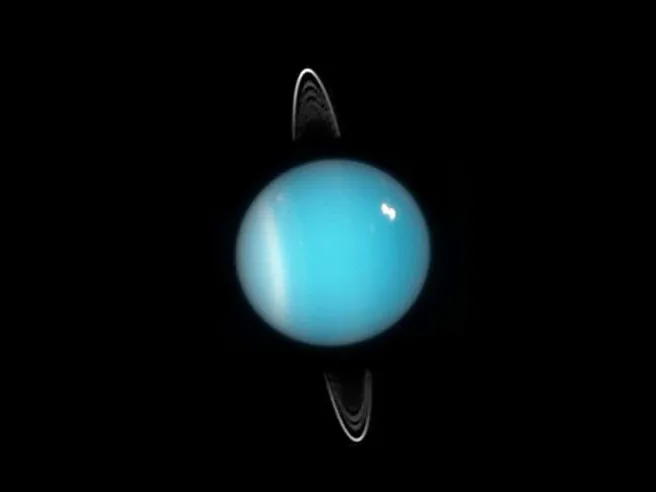#planetary-science
#planetary-science
[ follow ]
#space-exploration #mars #astrobiology #astrophysics #nasa #astronomy #venus #uranus #james-webb-space-telescope
fromwww.scientificamerican.com
3 weeks agoWhat If the Moon Were Cheese? John Scalzi's Latest Book Has the Answer
If the moon were to suddenly turn to cheese, the movie pitches would be insufferable. Astronauts would be irritated, grad students would be demoralized and news articles would overflow with terrible puns. The great jaws of the Internet would get hold of the details, churning out doomsday scenarios, memes and conspiracies. And that's even before the moon cheese would start to compress, creating geysers of material and a dangerously unstable lunar landscape.
Books
fromArs Technica
6 months agoAn exceedingly rare asteroid flyby will happen soon, but NASA may be left on the sidelines
This is a remarkable opportunity," said Bobby Braun, who leads space exploration for the Johns Hopkins Applied Physics Laboratory, in an interview. "From a probability standpoint, there's not going to be another chance to study a killer asteroid like this for thousands of years.
Science
OMG science
fromwww.scientificamerican.com
6 months agoNASA's Psyche Spacecraft has power again, and heading for an unusual 'naked metal' asteroid with clues to Earth's origins
The Psyche spacecraft is back on track to explore a unique metal-rich asteroid, essential for understanding Earth's formation.
[ Load more ]


